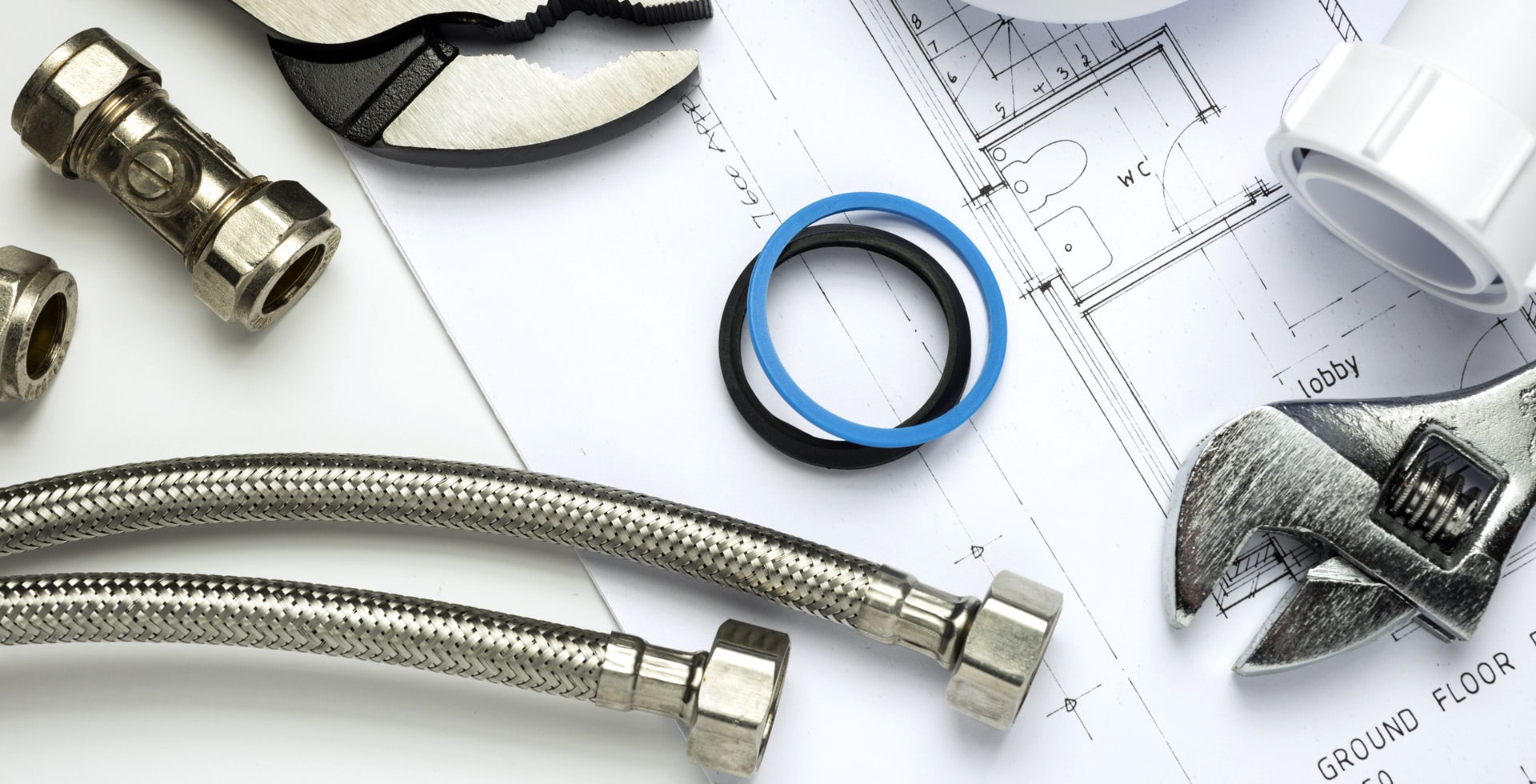“`html
How to Tell If Your Fence Needs Repair or Replacement
A well-maintained fence not only enhances the aesthetic of your property but also provides security and privacy. Over time, however, fences can suffer from wear and tear due to various factors, such as weather conditions, pests, and age. In this article, we will discuss how to determine whether your fence needs repair or replacement to ensure it continues to serve its purpose effectively.
Signs Your Fence Needs Repair
Before deciding to replace your fence, it’s important to assess its condition carefully. Here are several signs that indicate your fence may need repairs:
- Loose or Wobbling Panels: If the panels of your fence are not securely attached, they might sway or wobble in the wind. This could signal that the fence structure is weakening and requires attention.
- Rotting Wood: Wooden fences are particularly susceptible to rot due to moisture. Look for soft spots, discoloration, or mold as indicators of rot. If only a few boards are affected, you can often replace those sections instead of the entire fence.
- Rusty Metal: If you have a chain-link or metal fence, check for rust spots. Surface-level rust can often be sanded and repainted, but extensive rust may necessitate a more significant repair.
- Missing or Broken Panels: Check for any panels or slats that are missing, broken, or bent. These can detract from the appearance of your fence and can lead to security concerns.
- Leaning Fence: A fence that is leaning can be a sign of weak posts or poor soil conditions. Depending on the severity of the lean, you may be able to fix it by reinforcing or resetting the posts.
Indicators It’s Time for Replacement
In some cases, fence repairs may not suffice, and a full replacement might be the best option. Here are some indicators that suggest it’s time to replace your fence:
- Severe Structural Damage: If your fence has extensive damage to multiple panels or posts, replacing it may be more cost-effective than repairing. Check for compromised integrity, which can include severe warping or buckling.
- Extensive Rot or Pests: If you notice widespread rot or signs of pest infestation (such as termites), it may be better to replace your fence rather than attempting repairs.
- Age of the Fence: Consider the age of your fence. Most wooden fences last about 10–15 years, while vinyl and metal fences can last longer. If your fence is nearing or has exceeded its lifespan, a replacement may be necessary.
- Design Issues: If you find that your fence no longer meets your needs or doesn’t match the aesthetic of your home after renovations, it might be a good time to consider a replacement.
Evaluating Repair vs. Replacement
When deciding between repairs and replacement, consider the following factors:
- Cost: Calculate the cost of repairs versus the total cost of a new fence. If repairs exceed 50% of the cost of a new fence, replacement may be a smarter financial decision.
- Time and Effort: Assess how much time and effort you want to invest. Frequent repairs can be time-consuming, and a new fence may offer long-term benefits.
- Long-Term Goals: Consider your future plans for the property. If you plan to stay for many years, investing in a new fence might be worthwhile.
Maintenance Tips for Fence Longevity
To extend the life of your fence and minimize the need for repairs or replacement, follow these maintenance tips:
- Regular Inspections: Check your fence at least once a year for any signs of damage, and address issues promptly before they escalate.
- Cleaning: Clean your fence regularly to remove dirt, mildew, or mold. Depending on the material, this can involve power washing or scrubbing with soap and water.
- Protective Treatments: For wooden fences, applying stains or sealants can protect against moisture and UV damage. Metal fences may require rust-inhibiting paint.
- Trimming Vegetation: Keep plants and shrubs trimmed back from your fence to prevent damage from roots or pests.
Conclusion
Maintaining the integrity of your fence is crucial for property aesthetics and security. Regular inspections and timely repairs can increase the lifespan of your fence, but understanding when it’s necessary to replace it is equally important. By paying attention to signs of wear and damage, you can make an informed decision that best fits your needs.
“`

